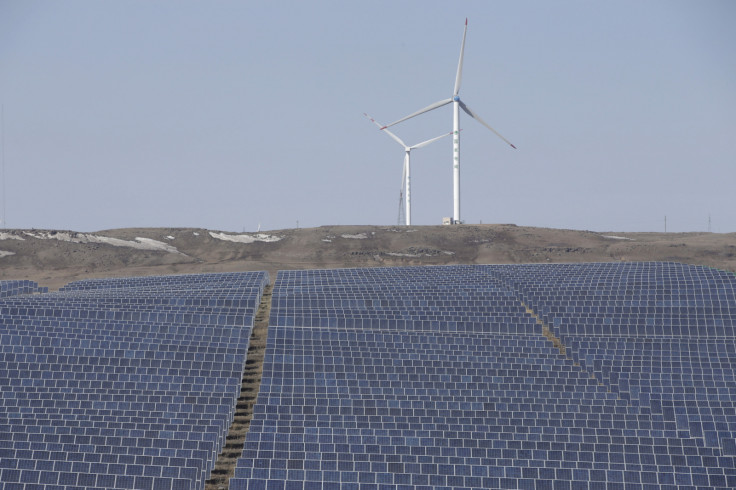Bill Gates backed AI solar tech may replace fossil fuels in major industries
Solar energy is growing consistently despite the global interest in oil deposits.
The world has been fighting for control of oil for a century now. But, that may soon change. Despite the advent of solar energy and electric cars, fossil fuels remain irreplaceable to industrial processes because solar energy generation systems cannot create that immediate boost of energy needed to run an industry.
A new start-up, backed by Microsoft Chairman Bill Gates has designed a system that can provide solar power for industrial output and change this paradigm.
Heliogen has created a system that will concentrate solar energy at temperatures as high as 1832 degrees Fahrenheit (1000 degrees Celcius) and replace the use of fossil fuels in industrial tasks such as producing cement and steel.
"The potential impact of Heliogen's patented technology is massive. With temperatures from its concentrating solar thermal technology exceeding 1,000 degrees Celsius, Heliogen will be able to replace the fuel that generates greenhouse gas emissions from industrial processes with solar energy for the first time.
For instance, cement production – one of the industrial processes well suited to Heliogen's technology – alone accounts for more than 7 percent of global CO2 emissions," the company stated on its website.
But, how is it able to do so, when solar power producers such as Elon Musk's SolarCity just haven't? The company has made use of artificial intelligence-based computer vision to align a set of large mirrors that will reflect solar energy on a single target. The accuracy of this system is what makes it possible to generate not just huge amounts of solar energy, but even control the output to make it comparable with the immediate power boost that happens with burning fossil fuels.
These are just the initial stages of technology and there is a long way to go for real-world usage. Yet, the possibilities are exciting.
Industrial processes are responsible for 20 percent of emissions. Even cutting a portion of these emissions can have a huge impact on global warming.
The ultimate goal for Heliogen is to reach temperatures of 2732 degrees Fahrenheit, which will help it create hydrogen and synthetic gas. It will allow the company to actually use solar energy to produce fuels that may be able to run industries, vehicles and corporations.

© Copyright IBTimes 2025. All rights reserved.





















